Did you think that the idea of superhero is it exclusively current? Throughout history, individuals endowed with superior and anomalous capacities have always been imagined, thanks to which they helped humanity. They weren't wearing colored tights, okay, but Stan Lee and Joe Shuster they were not born until the 20th century. Next, and always with a smile on our faces, let's see a list of fifteen superheroes from other times , according to the concepts that were handled in them.
1. Gilgamesh

The original and model of all the great literary and mythological heroes was devised in Sumer, who knows if with some slight real basis.
As the son of Ninsun, goddess of Lagash, he had extraordinary powers which he used in her quest for immortality; something that, like Batman with Robin, he carried out with his partner Enkidu.
Everything is narrated in the poem that bears his name, where appears, by the way, the first reference to a universal flood.
2. Krsna
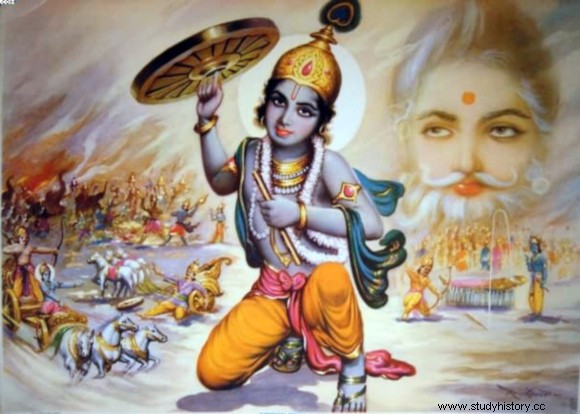
It would also be worth Rama. Actually, in the complex Hindu religion, both are avatars or incarnations of the god Vishnu to perform certain missions in the human world.
The epic Ramayana texts and Mahabharata They tell their adventures in one way and another respectively, facing super villains like the demon Ravana with the help of the monkey king Hanuman. And on top of that, Rama/Krishna has blue skin, just like Nightcrawler.
3. Hercules
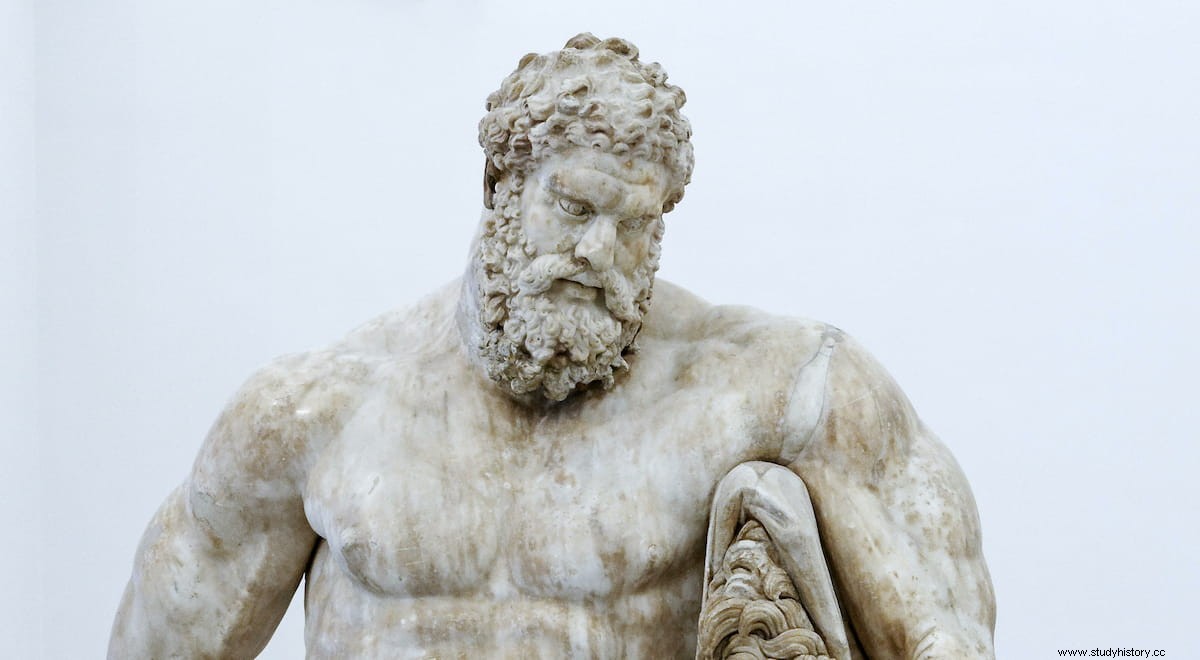
If anyone in classical antiquity could resemble Superman, it was Hercules, without a doubt; he even had a cloak in the shape of a lion's skin.
He was another descendant of divinities (Zeus, who fathered him with Queen Alcmene) who received his prodigious strength as soon as he was born (he strangled two snakes in the same cradle), carried out prodigious missions (the famous twelve works commissioned by King Eurystheus ) and ended up becoming a demigod, accessing Olympus.
4. Samson
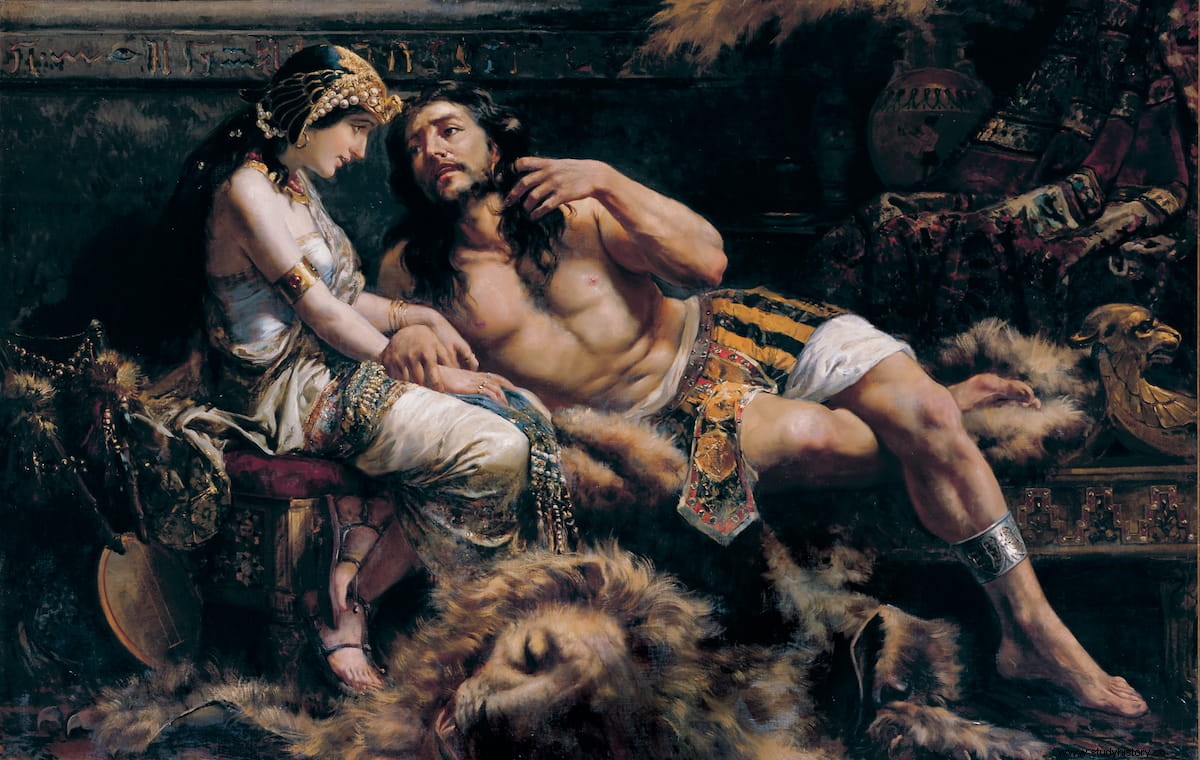
Another strongman under divine protection capable of taking down entire armies single-handedly.
Of course, Yahweh's help was always decisive (and, if not, ask Joshua when he brought down the walls of Jericho with a simple trumpet blast).
In addition, Samson was sensitive to his particular kryptonite, the mane, and had powerful archenemies, the Philistines.
5. The Golem
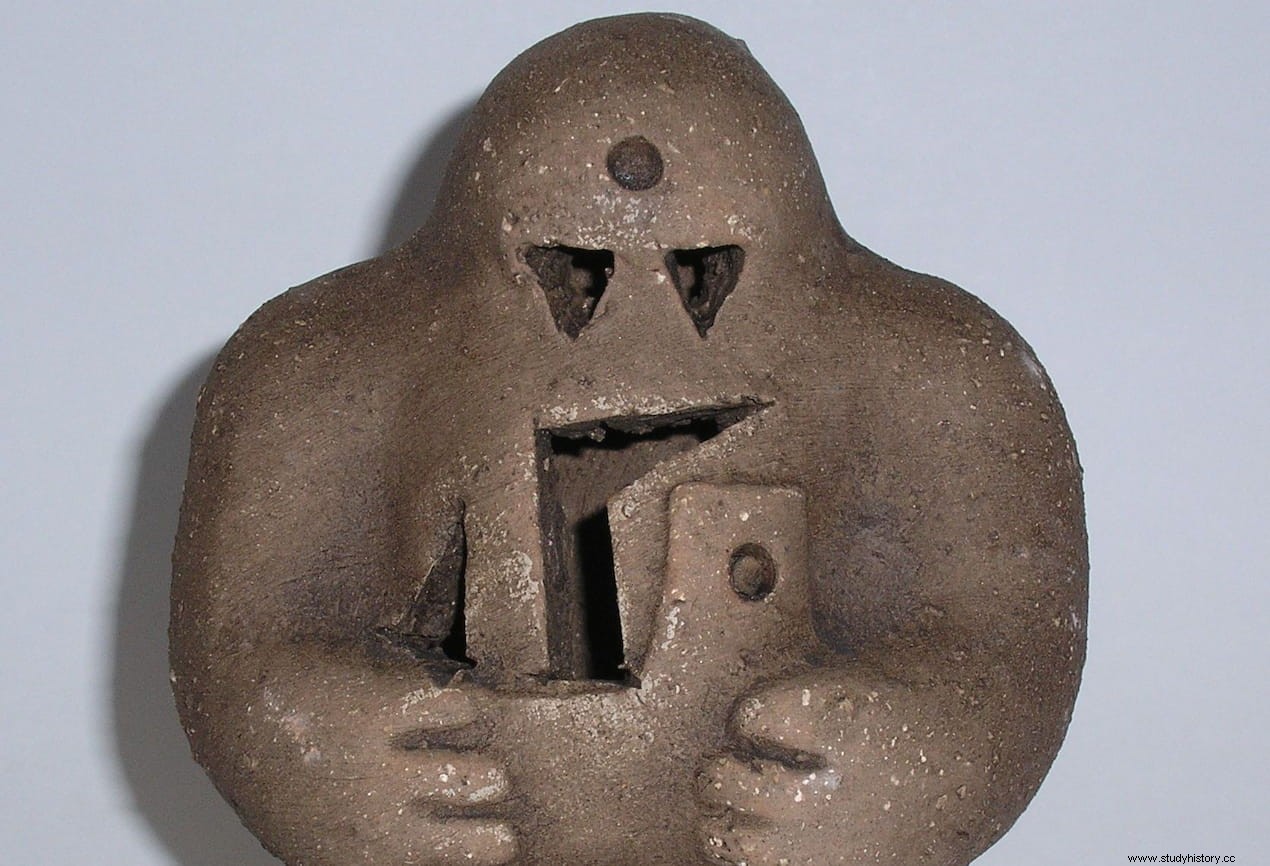
The temptation here is too great to pass up. If anyone can play the part of the Thing, if only because of the stony appearance, it is the Golem.
It was a clay homunculus to which Jewish mythology gave a protective role in critical cases. One of them took place when the 16th century pogroms in Prague led Rabbi Löw to create it, becoming an effective bodyguard for the Hebrew community despite being mute and somewhat limited in understanding (he interpreted orders to the letter).
Once the danger was over, his life was withdrawn, but his body is kept in the attic of a synagogue, just in case.
6. Saint George
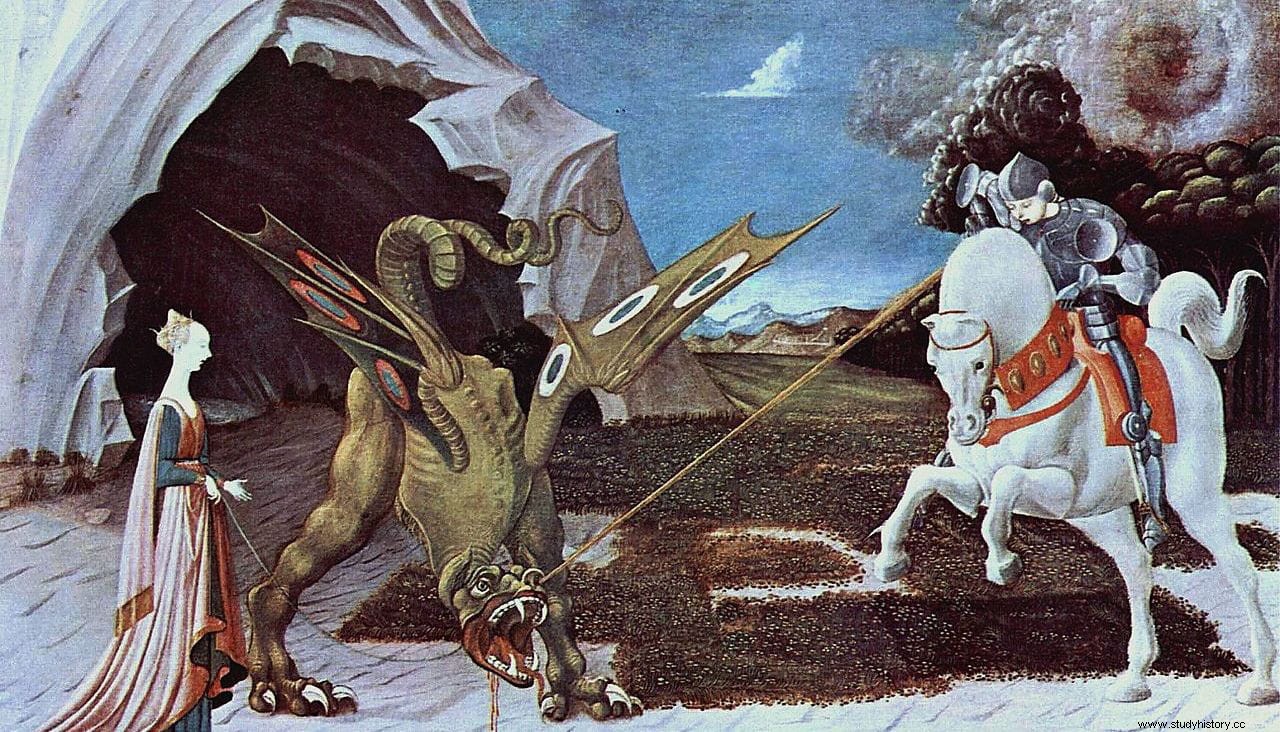
What would be the nightmare of a dragon? The answer is this knight in shining armor whose origins merge with a Christian Roman soldier who was martyred in the 3rd century but made his fortune in the Middle Ages.
He didn't kill the superpowered dragon, but he was resurrected when Diocletian ordered his execution by dismembering it.
Since then he also appears miraculously to help the Christian armies. In other words, like the apostle Santiago, to change.
7. The Green Knight
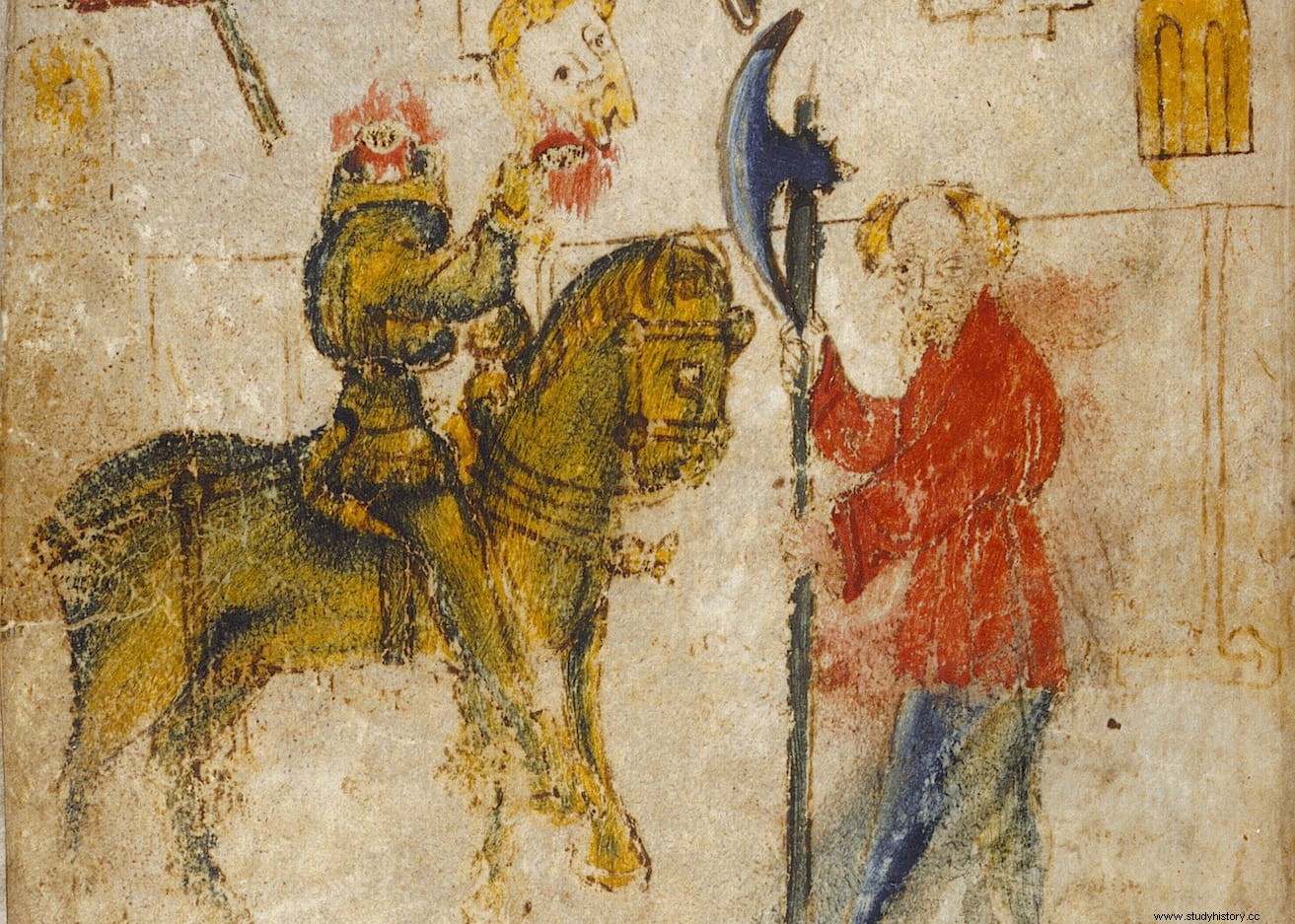
This character, originally called Bercilak de Hautsdesert, is part of the Arthurian myths.
It was Sir Gawian who had the chance to put his curious superpower to the test, decapitating him and watching the knight reattach his head to his neck before demanding reciprocity within a year.
In the end he forgave him because Gawain was very pure and chaste, as we know. By the way, the green alludes to the color of his skin; perks of playing with the sorceress Morgana.
8. Siegfried
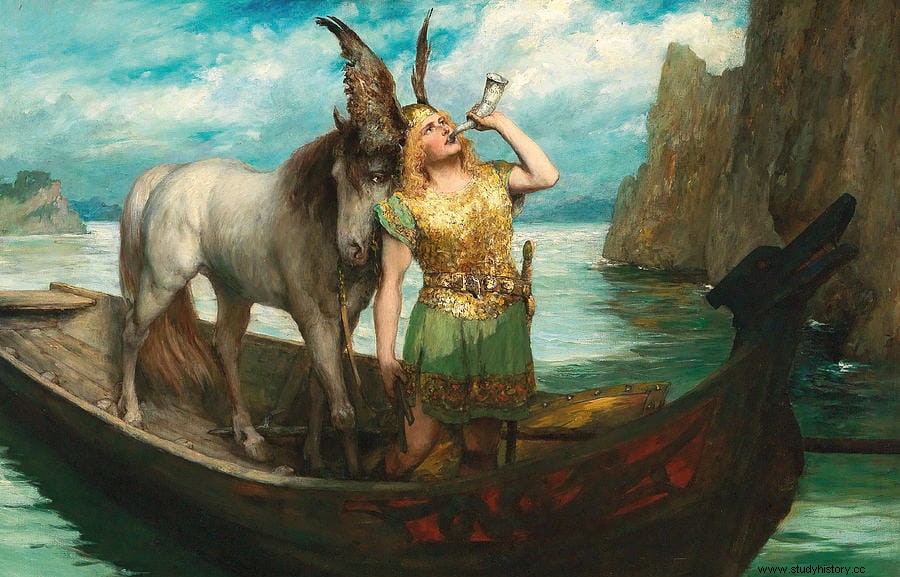
One of the protagonists of the Song of the Nibelungs it is Siegfried, whose funeral Wagner masterfully set to music.
This hero comes from the Nordic saga Sigurd and he gets the powers from him by bathing in the blood of a dragon he just killed, somewhat reminiscent of Achilles.
Siegfried thus becomes invulnerable and on top of him he gets a cloak that gives him invisibility. None of this saves him from being treacherously speared.
9. Rostam

The Persians also had their superhero. He was so big that at birth he needed to feed on ten wet nurses, achieving great strength and long life. Destroyer of demons and monstrous beasts, he protected Persia for five centuries until his treacherous half-brother Shaghad threw him into a pit with poisoned stakes.
Rostam had time to retaliate before he died, shooting an arrow at him with such force that it pierced through a tree trunk before sticking into Shaghad.
10. Saint Patrick
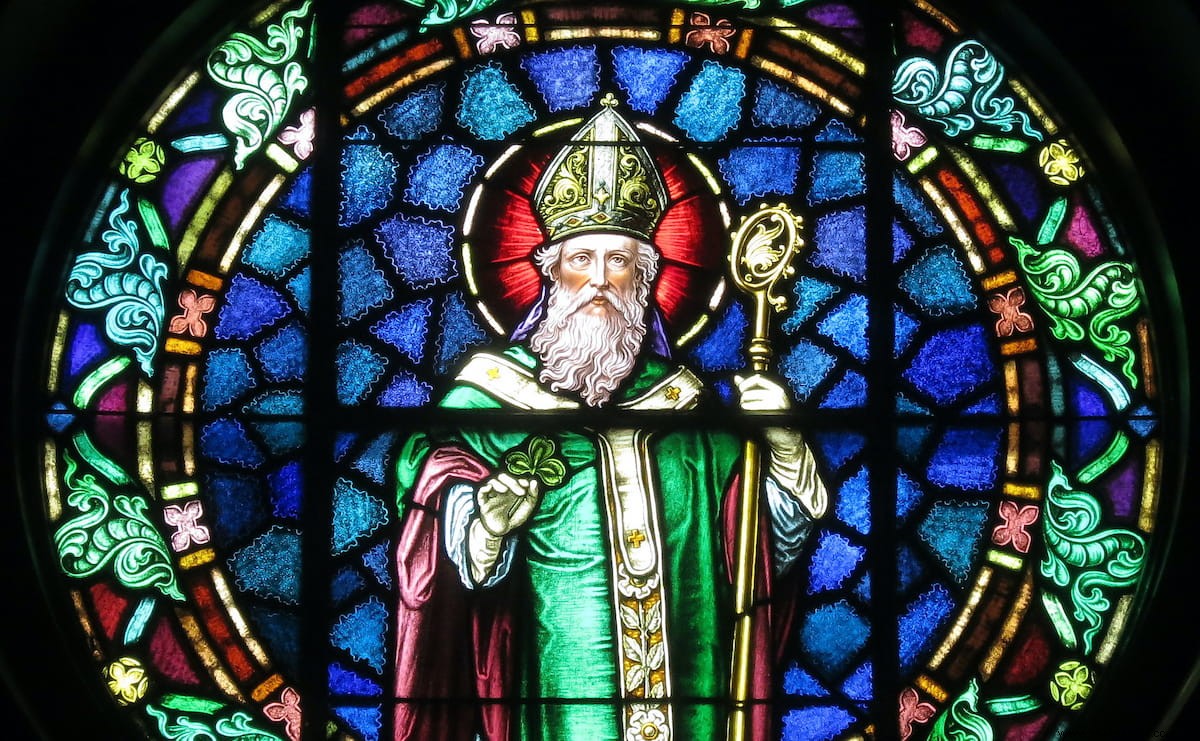
He does not always impose brute force, as Professor Xavier demonstrates. So did Saint Patrick, a missionary who came to Ireland in the 5th century and drove the snakes out of the country with simple exhortations.
The ophidic metaphor of paganism is obvious. Gossips say that he later devoted himself to looking for clovers and making beer.
11. Roldan
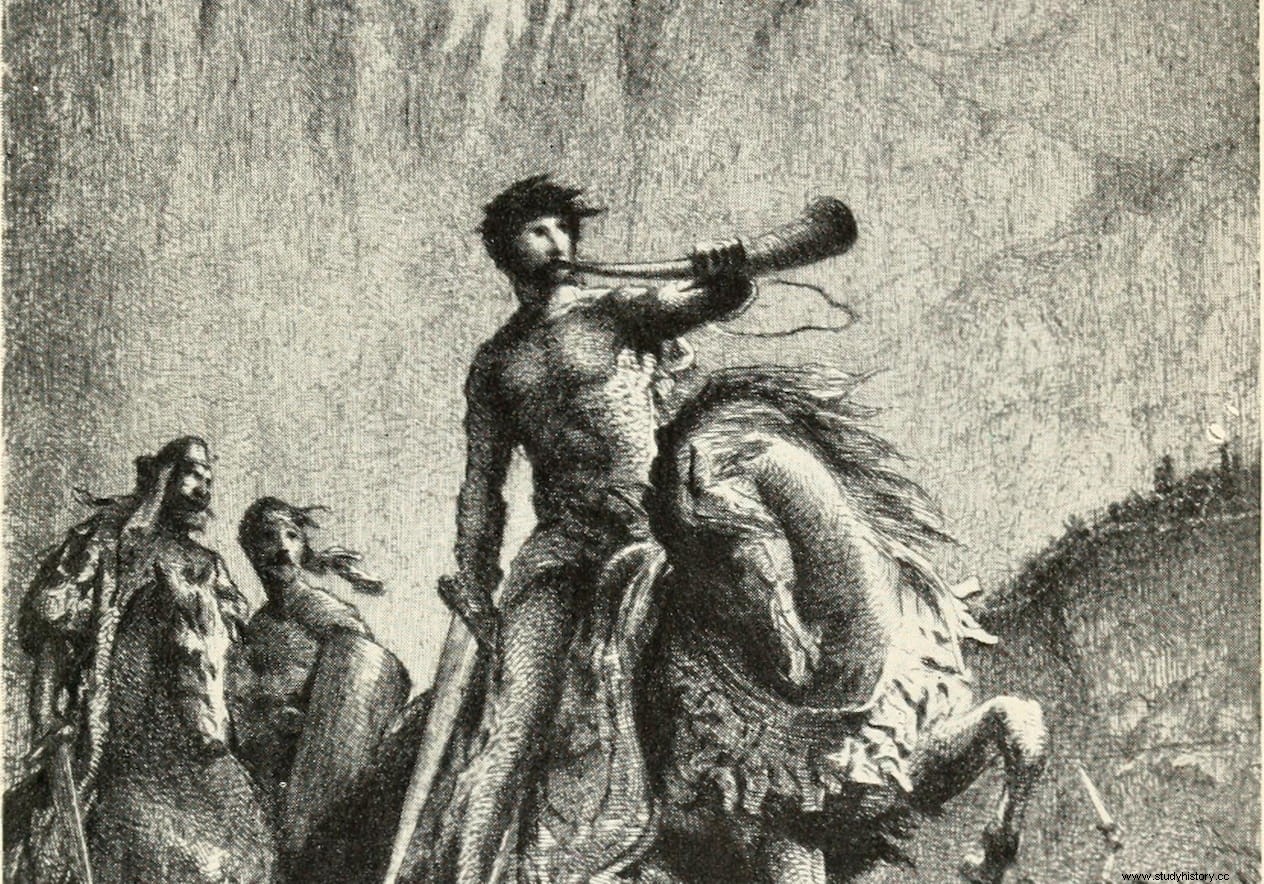
Or Roland, in French; the one with the famous chanson . This tells that he was a great warrior of the eleventh century, a vassal of Charlemagne, capable of containing a hundred thousand Saracens to give his king time to get to safety... at the cost of his own life.
He had help, yes:the sword of his Durendal enchanted and unbreakable, that only he could wield. Reminds a bit of Thor's hammer, right?
12. El Cid
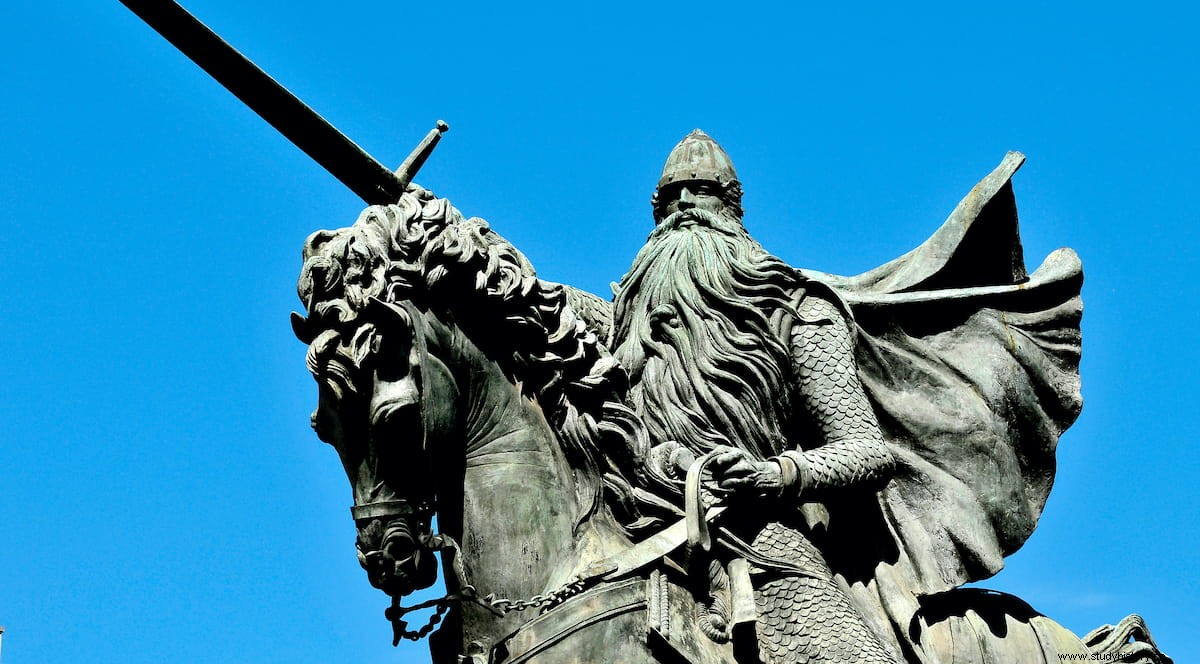
The Spanish -or Castilian- version of Roldán is Rodrigo Díaz de Vivar, a historical character whose exploits earned him the nickname of Cid Campeador and who have been narrated in the beautiful song of the same name (and in a memorable film starring Charlton Heston).
El Cid did not have a magic sword, but apparently he did not need one; It can be seen not only in the most famous episode, the one of the battle against the Muslims that he wins after his death with the simple presence of his corpse, but also in the one of the humiliation of his sons-in-law, when he grabs the lion by the mane that made them run away and returns him to his cage.
13. William Tell
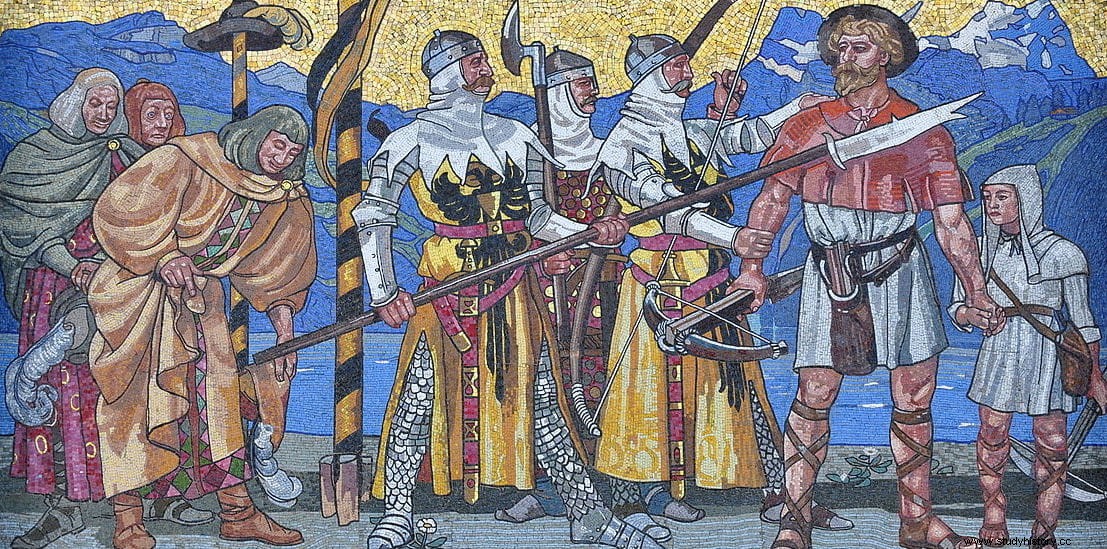
The precision and aim with the crossbow of this Swiss character - who really existed - became a legend back in the fifteenth century.
In a story that has many parallels with that of Robin Hood, the fantastic key is not so much in the fact that Tell manages to pierce an apple placed on his son's head by order of the evil Albrecht Gessler, but in the prodigious force he used to turn the ship in which he was transferred in the middle of a storm and then travel the country to take revenge.
In exchange, he promoted the birth of the Swiss confederation.
14. Saint Francis of Assisi
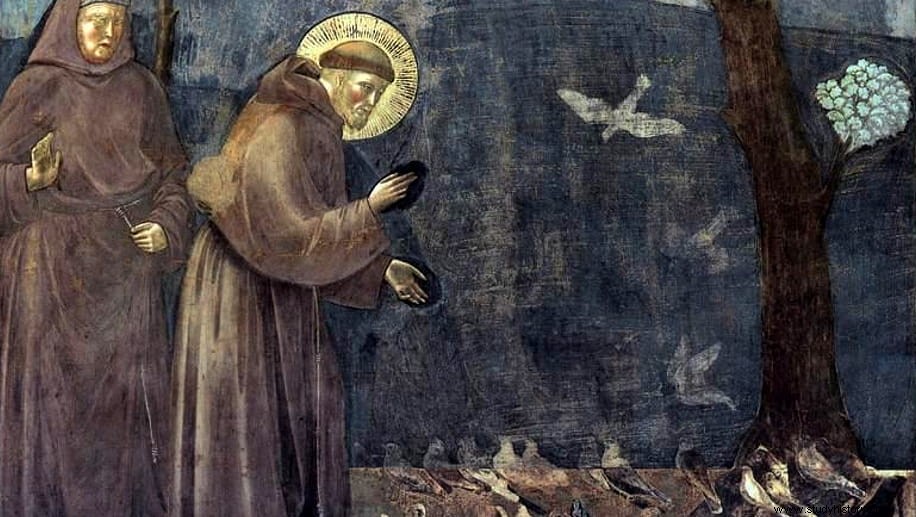
Another saint for the list. By the intermediary of the power of God, Saint Francis could not only reproduce on his body the same stigmata that Christ had when he was crucified, but he also levitated to a height of three to four cubits.
Nothing compared to his ability to talk to animals, a superpower that came in handy for convincing a wolf to stop terrorizing a village.
15. The Baron of Munchausen
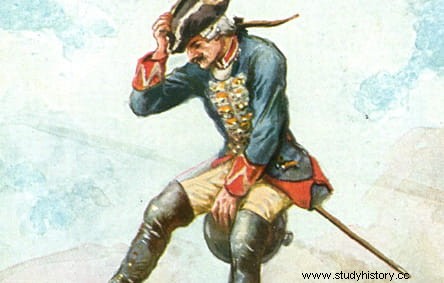
Fortunately, the literary character is nothing like the real one (Karl Friedrich Hieronymus), much duller.
The baron in the novel is the complete superhero because he does everything:he has super strength, super hearing, super sight, super speed... even if it's through the various friends he makes along the way.
Climbing on a cannonball when it fires is noteworthy, but reaching the Moon in a balloon, breathing without problems and returning to Earth descending on a rope, reaches excellence.
